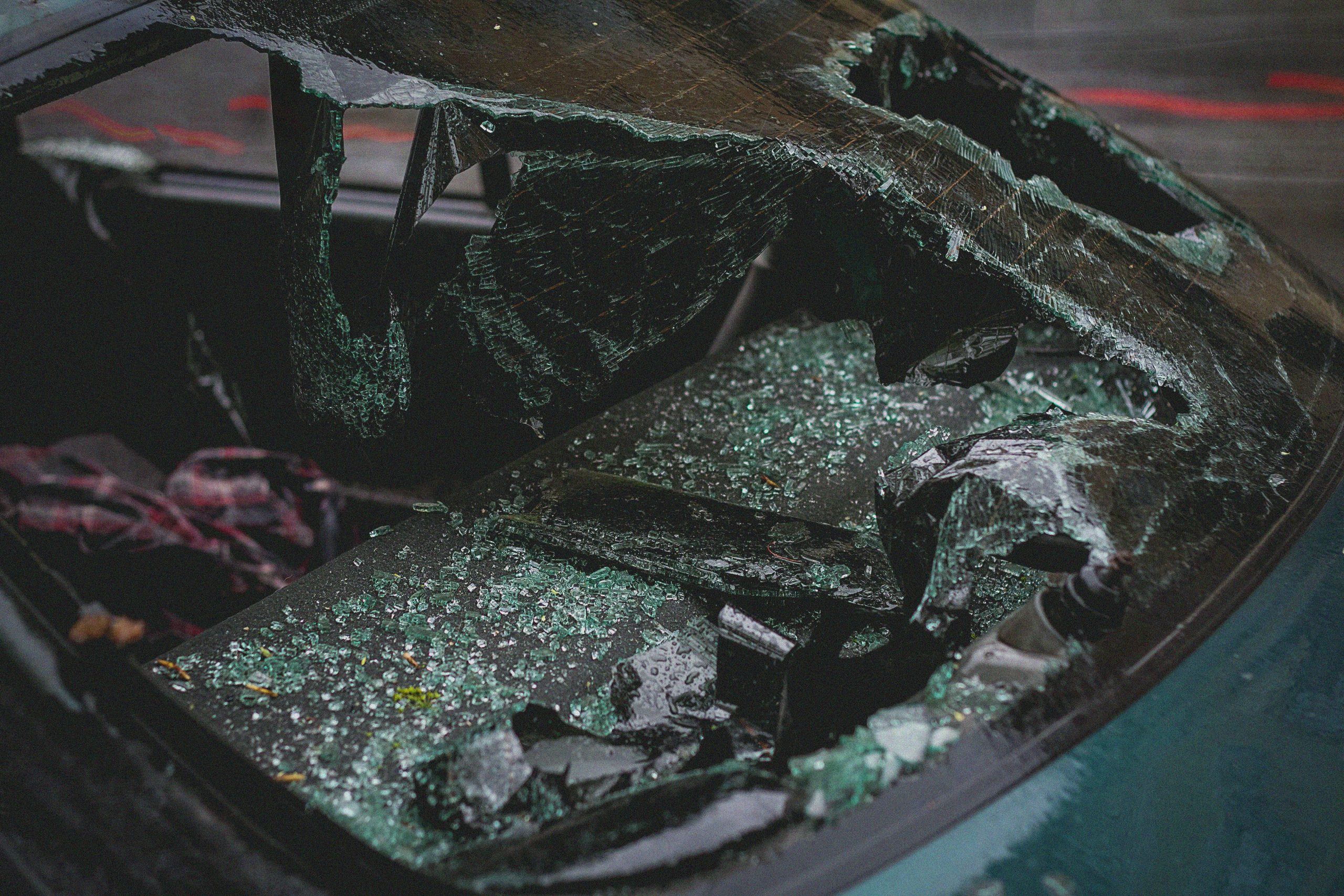When you’re involved in a car accident and the other driver is at fault, their insurance should generally accept liability for the damages. This means that even if your own insurance policy doesn’t have full coverage, the at-fault driver’s insurer is typically responsible for covering property damage and/or medical expenses arising from the accident, depending on the terms of their policy.
Here’s how the process generally works:
File a Claim with the At-Fault Driver’s Insurer: Since the other driver is responsible, you should contact their insurance company to file a third-party claim. Provide them with all necessary details of the accident, along with any evidence you might have, such as photos, witness statements, or police reports.
Investigation: The insurance company will investigate the accident to confirm their policyholder’s liability before approving your claim. This can involve looking at the same evidence you provided and assessing the extent of your damages.
Settlement Offer: Once the insurer acknowledges their insured’s fault, they will make a settlement offer to cover the damages. This can include repairs to your vehicle, medical expenses, and possibly other related costs like car rental.
Negotiating the Settlement: If the initial offer does not fully cover your expenses, you have the option to negotiate. You may need to provide additional documentation to justify adjustments to their offer.
Legal Action: Should the at-fault driver’s insurance refuse to accept liability or offer an inadequate settlement, you might consider seeking legal counsel to explore your options, which can include litigation.
It’s important to remember that insurance companies aim to protect their financial interests, so having comprehensive documentation and understanding your rights can be crucial to ensuring a fair resolution. Also, state laws regarding insurance claims may vary, so considering local legal advice might be advisable.



